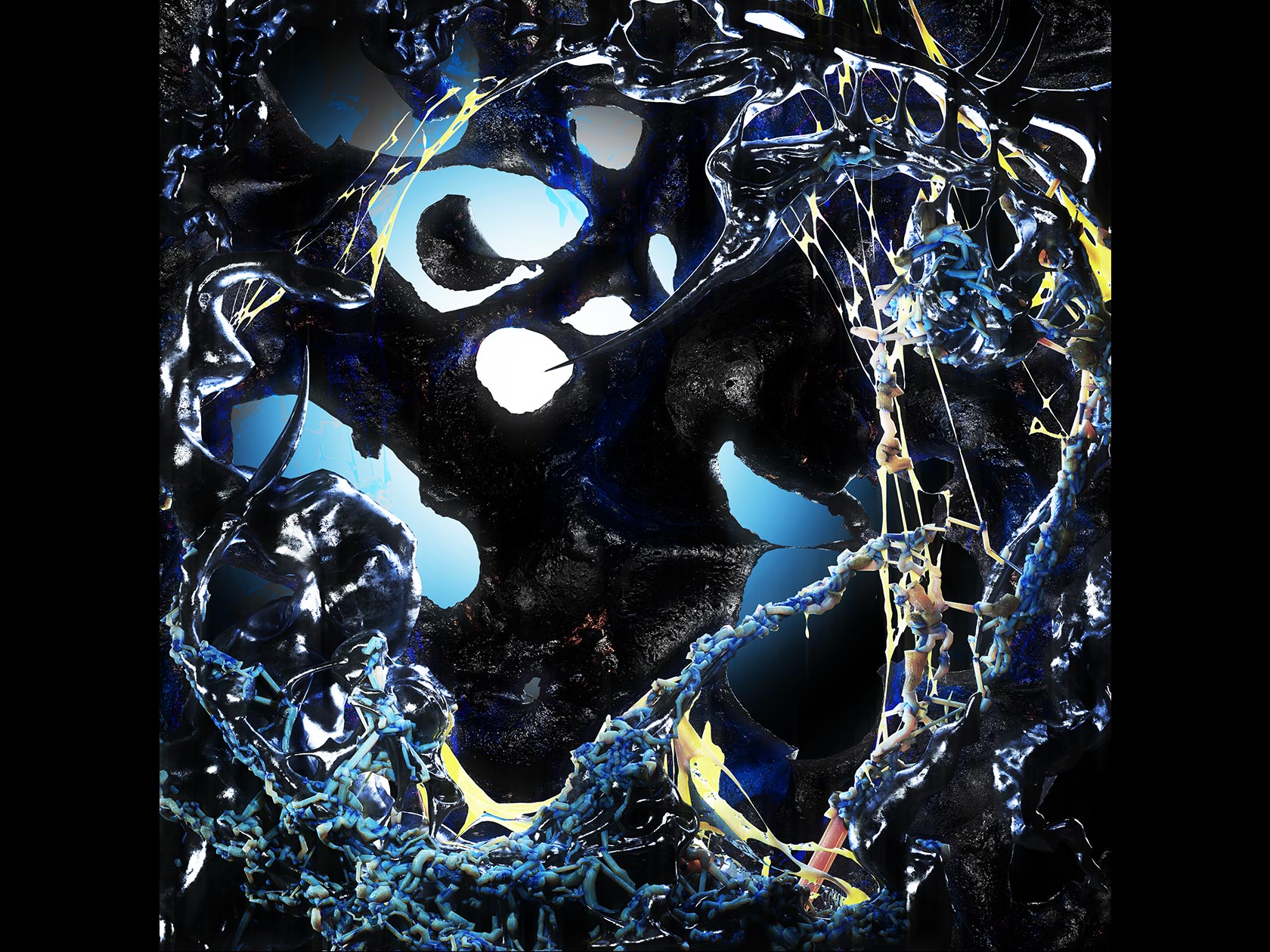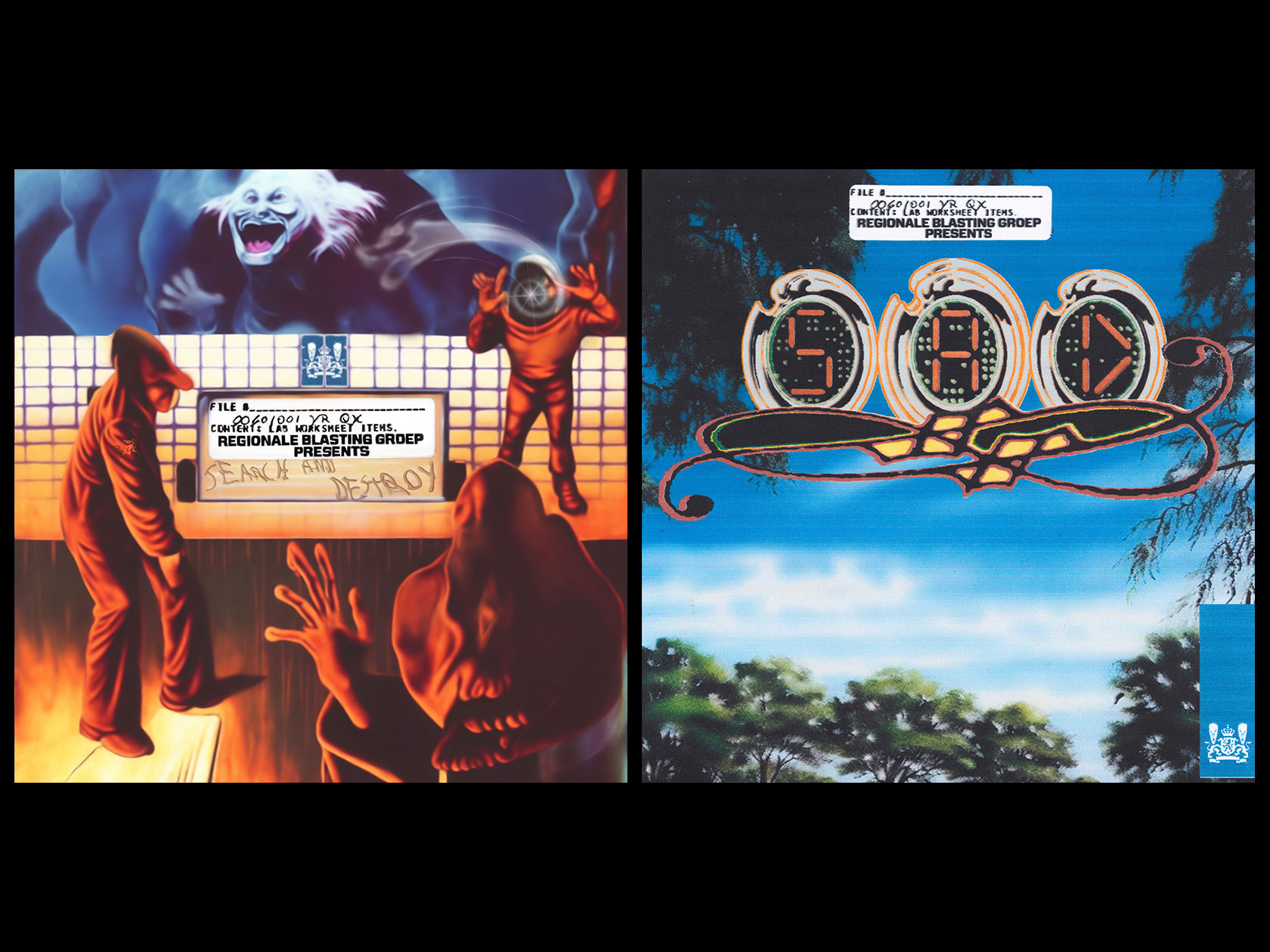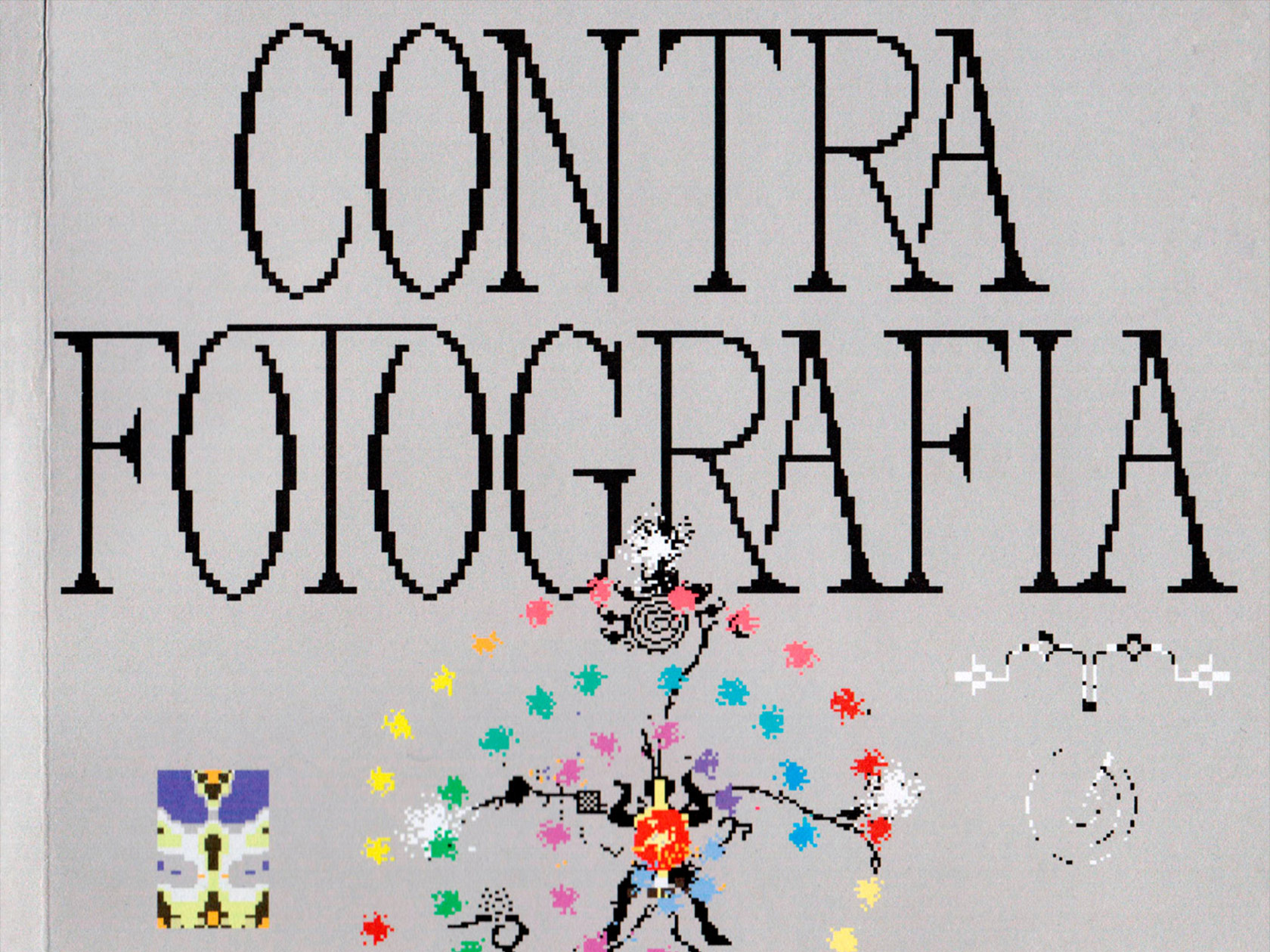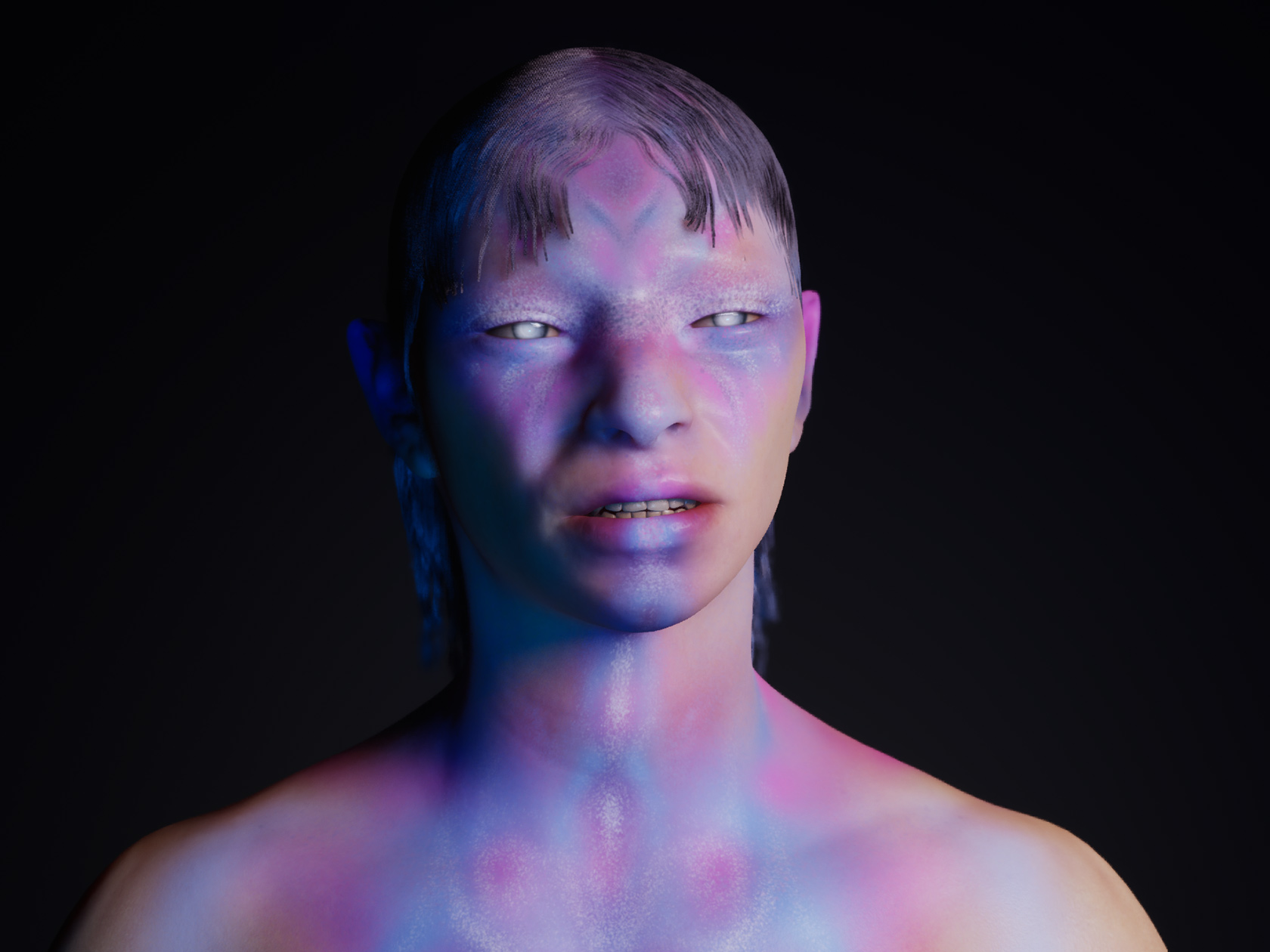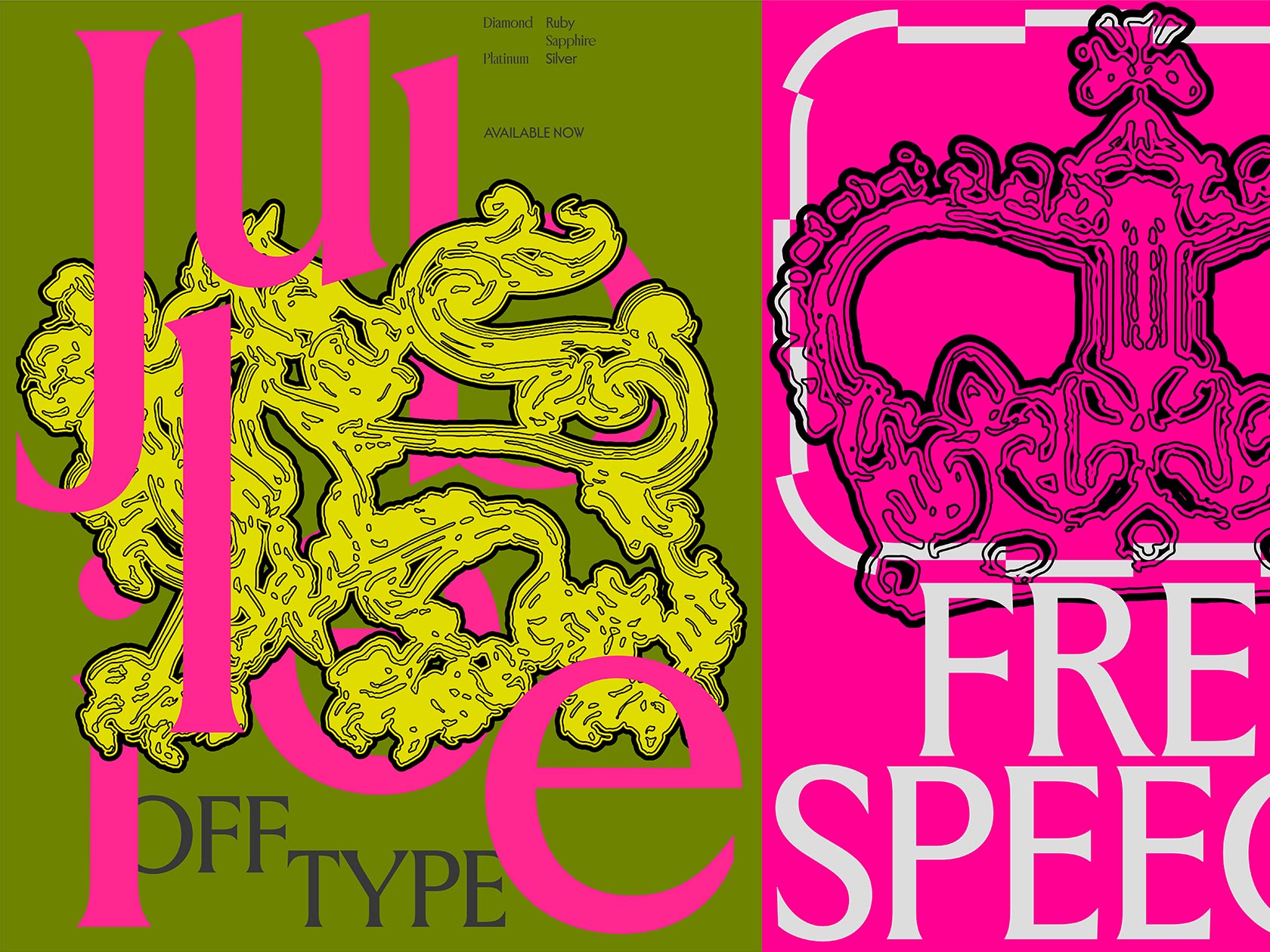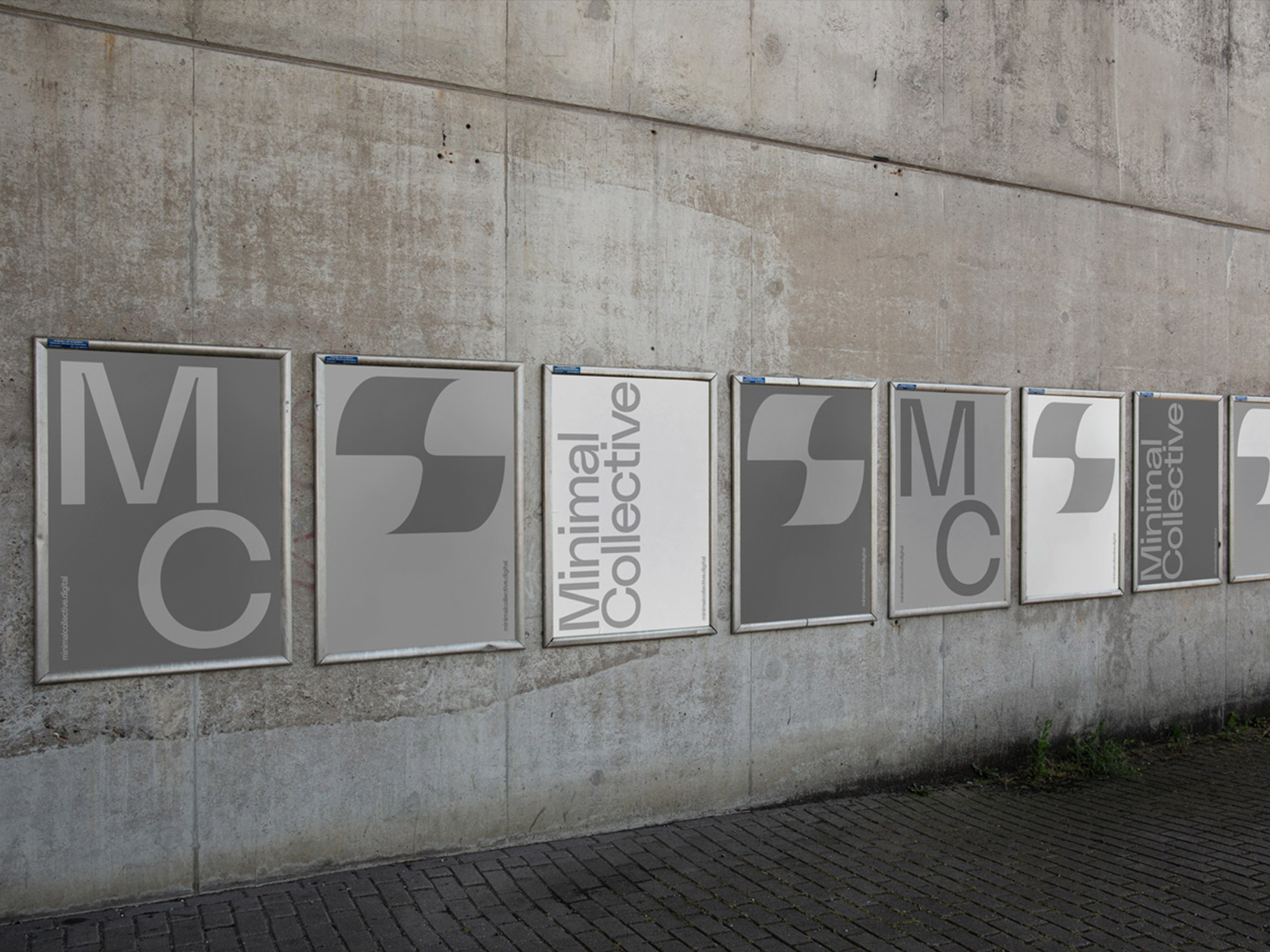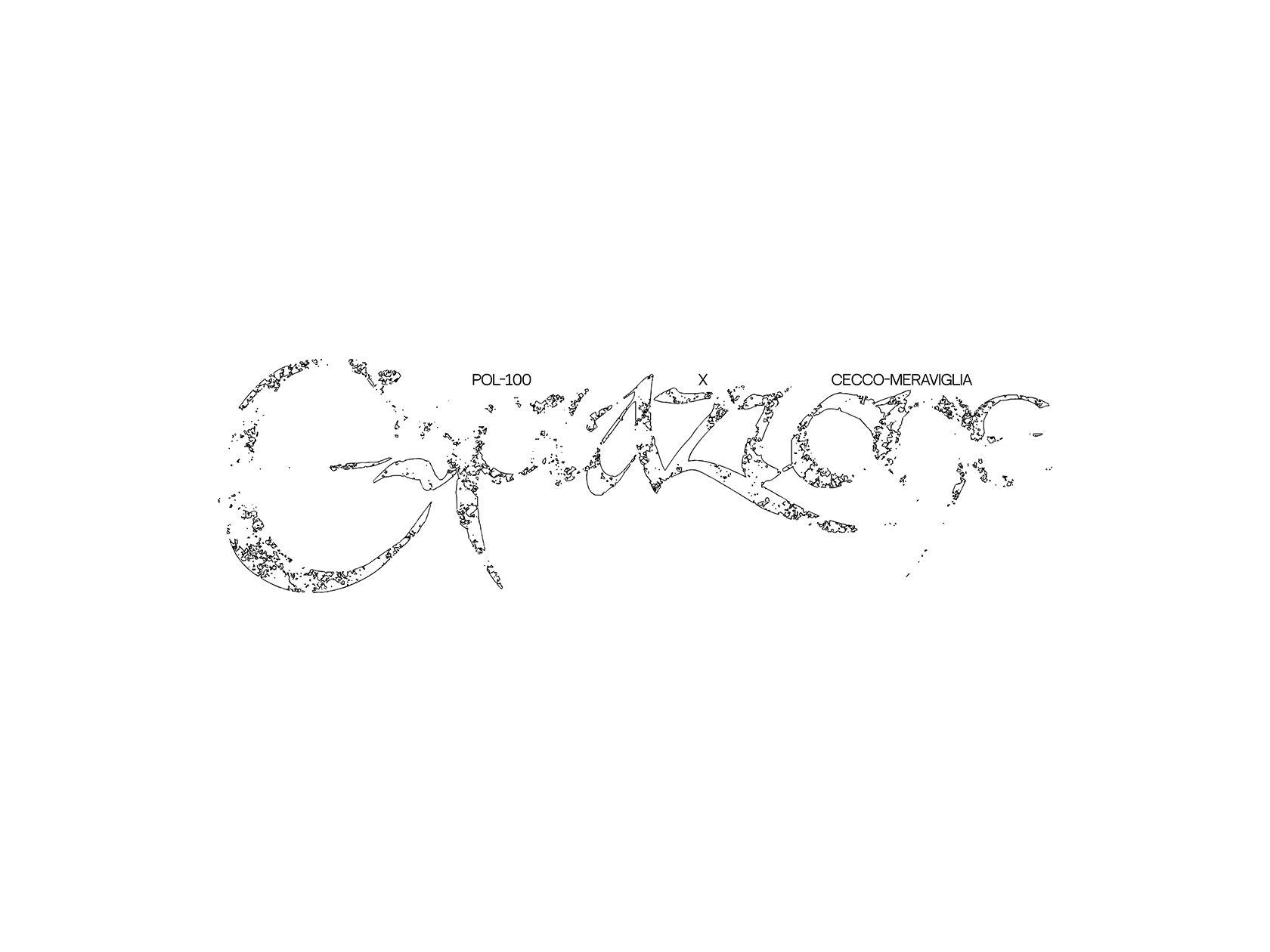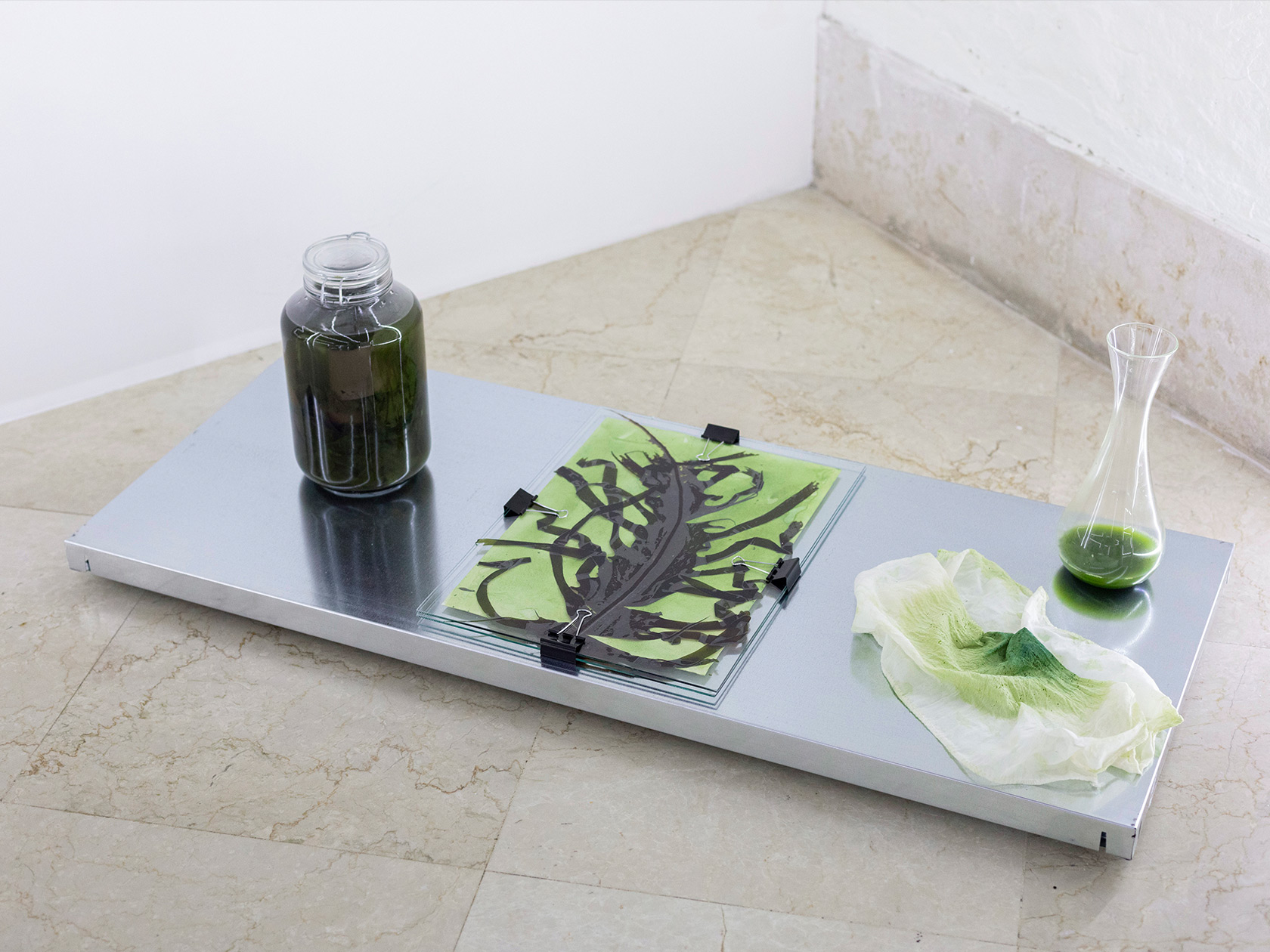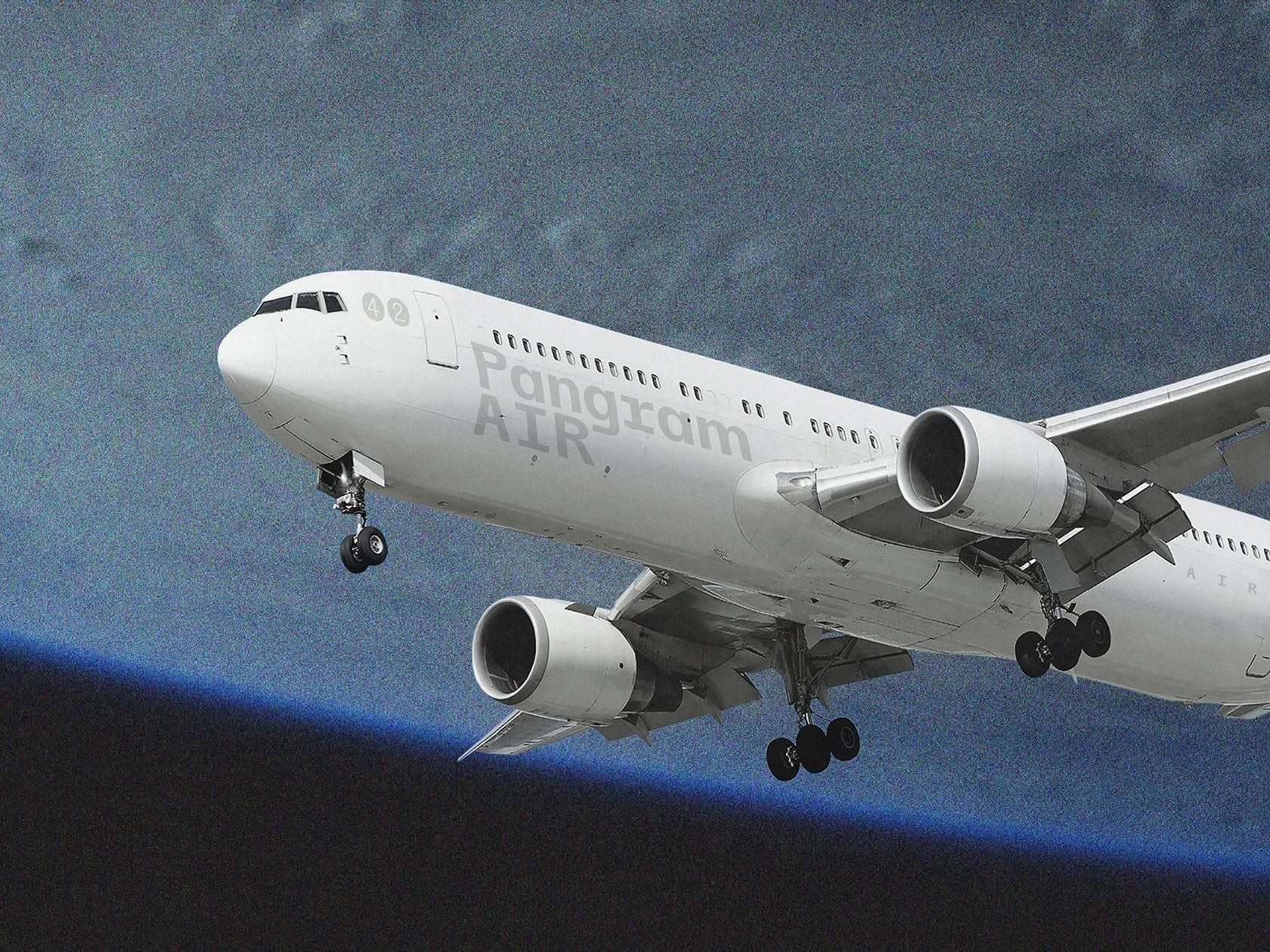While traveling via train from Lucerne to Zurich every day, graphic designer Raphael Jérôme Schmitt spotted the old typeface on the signs at the railway stations. After researching for quite some time, he learned that the typeface was drawn by non-typographers—likely construction engineers—who installed the sign at every station in Switzerland in the ’60s. It was later replaced by the famous design system by Josef-Müller Brockmann and was never transferred to a digital form. Determined to change that, Raphael began to redesign the typeface in November 2019, named Thalwil Grotesk. Later during his process, he teamed up with Fabio Furlani, who finalized the original draft and added its delicate details.

As the typeface has not been drawn by any professional type designers back then, it was prone to mistakes. “The styles of the glyphs were mixed up. Some letters, like ‘g’ and ‘e’ don’t match. However, this turned into a clear concept of the typeface”, Raphael explains. Instead of smoothing them out, they decided to embrace these flaws by designing numbers and ligatures in a similar way. With its high x-height and short ascending and descending lines, the narrow, sans serif typeface is ideal for small-sized texts and offers various alternative glyphs to add a flexible, experimental touch. “Inspired by the various glyph variations of the original typeface, we came up with the concept to add alternatives for letters like ‘e’, ‘c’ or ‘g’. All the glyphs had to be researched in the photographic archives of old railway stations”, Fabio tells C24.



During their studies in Zurich, the duo would always find themselves on the same train on their way home. “That’s where we started showing each other our work to get feedback from each other and improve our skills”, Raphael remembers. Born and raised in Zurich, skateboarding and hip-hop first sparked his interest in graphic design and typography. His career started with a focus on book design and editorial projects rather than type, but typography was always paid close attention to. At the same time, Fabio began to work on more type-related projects in the course of his studies. During his internship at Out Of The Dark, he spent almost a year finalizing his first type family ‘Syncro’. He is currently working on the release of some brand-new typefaces and explores different disciplines on the side, ranging from electronic music to CGI art, graphic design, and more.


“There are two very important aspects in type design that are really challenging,” he explains, “first, you have to come up with something ‘new’. With so many typefaces out there, it is very difficult to develop a surprising, mold-breaking concept. So, it requires special characters or other fresh OpenType features that make this amount of work really worth it.” Referring to the differences between display and regular typefaces, he emphasized the need to take the use of the font into account. “The second challenge is the proper and precise drawing of the typeface. It takes a lot of time and has to be learned in a pretty long, perhaps never-ending, process. When I started working on serif and Grotesk fonts a year and a half ago, I only had the experience of drawing very experimental and expressive letters or single words. I think it’s safe to say that the more classic it is, the harder it is.”


Thalwil Grotesk is dedicated to Raphael’s father who shared his passion for railway systems with him when he was younger. “It gave me the motivation to find all the glyphs of this old typeface,” he tells us, “it also gave me the energy to work on a book about this specific cut of Thalwil Grotesk Medium.” The 192-page documentation of the type design process offers an insight into Raphael’s research on Swiss railways and related topics from art and culture. The book includes a photographic series of the architect Max Vogt who is known for his minimalistic and brutalist train stations in Zurich, St. Gallen, and Thalwil—the station where Raphael first discovered the bespoken typeface—among others.


Stating that Thalwil “still needs to get completed by adding more styles”, both designers are hoping to build upon this type family further in the future. “For me, collaboration is the key to bring together different views and create something more purposeful with your friends and collaborators,” Raphael explains, “in the case of Thalwil Grotesk, I was the one who brought in the crazy ideas, while Fabio took the position of rational thinking by picking and matching the right glyphs.” As they both share a strong interest in typography and type design, the next collaboration between the duo won’t be long in coming.
Fabio Furlani
Website
Instagram
Raphael Jérôme Schmitt
Website
Instagram
Collaborations to look at:
Supreme and Jamie Reid


